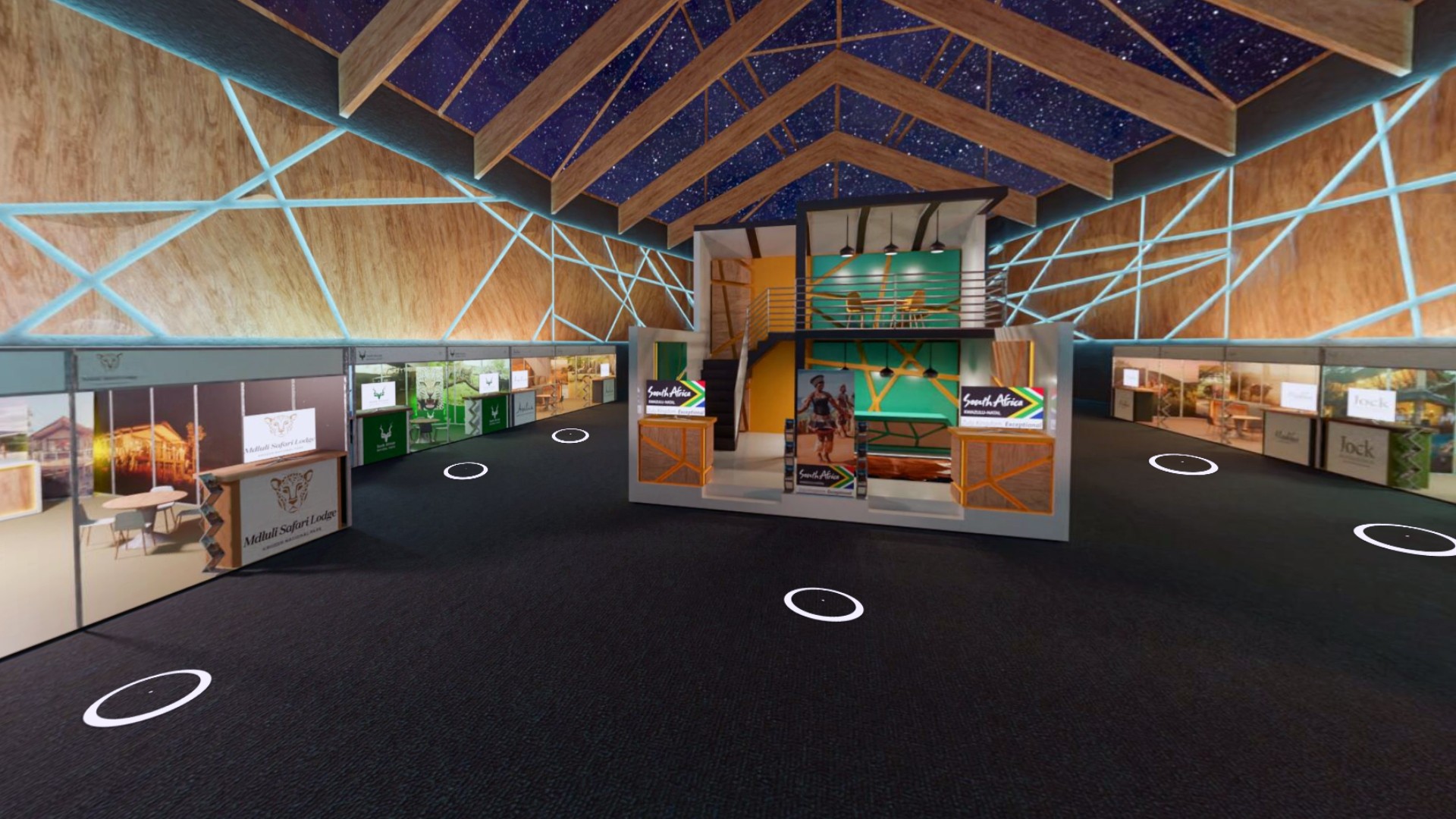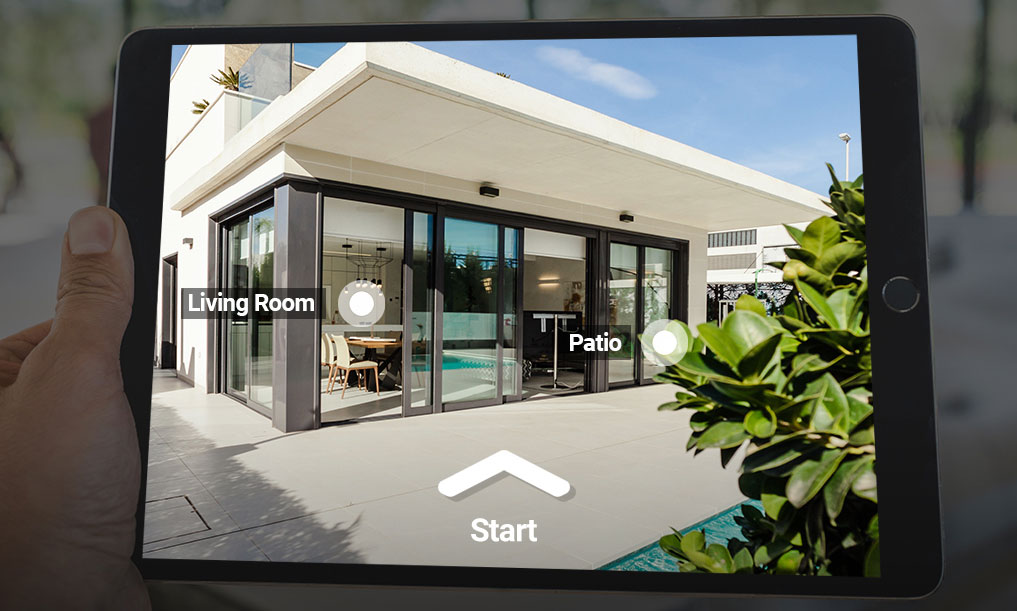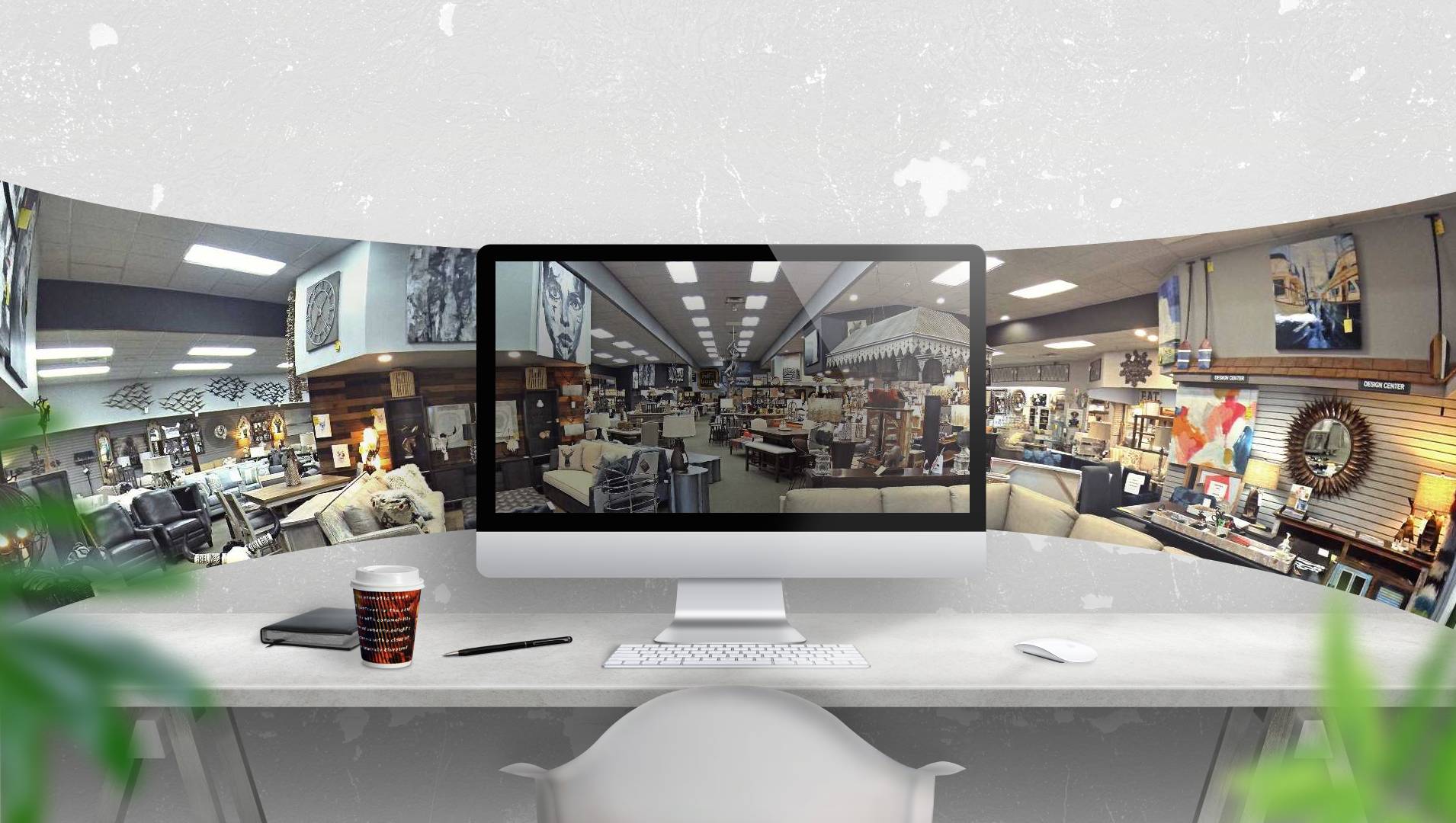The world has changed dramatically over the past few years, and one of the biggest changes has been the rise of virtual tours. Virtual tours are interactive and immersive experiences that allow viewers to explore a destination through video, photos, and other content. They can be used for a variety of purposes, from real estate to tourism. In this article, we’ll explore the benefits of virtual tours and how they can be used to engage viewers.
What is a Virtual Tour?
A virtual tour is a digital representation of a physical location. It is typically created using a combination of photographs, videos, and other media, and can be viewed through a web browser or app. The tour usually includes hot spots that link to additional information, such as 360-degree views, audio clips, or other content. Virtual tours are used to promote a destination or real estate property, to offer an immersive experience for viewers, and to provide detailed information about the location.
Advantages of Using Virtual Tours Methods

source: virtual-reality.co.za
Virtual tours offer a number of advantages over traditional tours. They allow viewers to explore a location from the comfort of their own homes, without having to travel there in person. This can be especially beneficial for businesses looking to promote their properties or services. Additionally, virtual tours are cost-effective and can be easily shared with others. They also have the potential to engage viewers in a way that traditional tours cannot, as viewers can explore the tour at their own pace and interact with the content.
How Are They Used?
Virtual tours can be used for a variety of purposes. They are commonly employed in the real estate and hospitality industries to promote properties and give potential customers a better sense of the location. They can also be used in the tourism industry to provide an immersive experience for travelers. Additionally, virtual tours are used in the education sector to provide students with a better understanding of a certain topic.
Common Types of Virtual Tours

source: pinterest.com
360-degree tours are the most common type and allow viewers to explore a location from all angles. They are typically created using a combination of videos and photographs for many things, such as exploring museums, the White House, and more. Aerial tours are another type of virtual tour that uses aerial footage to provide an overhead view of a location. Other types of virtual tours include 3D tours, which are created using 3D models, and interactive tours, which allow viewers to interact with the content.
What Are its Benefits?
VR apartment tours, for example, provide a number of benefits. Showcasing a location in a more engaging way than traditional tours is one of them. Additionally, virtual tours can be used to provide viewers with more detailed information about a location. They can also help drive traffic to a website or property, as viewers can easily share the tour with others. Finally, virtual tours increase engagement and generate leads, as viewers can interact with the content and even purchase products or services.
Tips for Creating a Virtual Tour

source: pinterest.com
Creating a virtual tour can be a complex process, but there are a few tips to keep in mind. First, it’s important to use high-quality images and videos. This will help create an immersive experience for viewers. Additionally, it’s important to use a variety of media, such as videos, photos, audio clips, and other content. Make sure that the tour is easy to navigate and has hot spots that link to additional information.
Best Practices for a Good Virtual Tour
When creating a virtual tour, there are a few best practices to keep in mind. It’s vital to make sure that the tour is optimized for mobile devices. This will help ensure that viewers can access the tour from any device. If it’s easy to navigate and contains hot spots that link to additional information, more people will check it. Use high-quality images and videos to create an immersive experience for viewers too.
Examples of Virtual Tours

source: startupsavant.com
Virtual tours can be used for a variety of purposes. One of the most popular uses is in the real estate rendering industry, where 3d virtual tours are used to showcase properties. Others use it in the tourism industry to provide an immersive experience for travelers. The most popular examples are found in marketing campaigns, educational purposes, and virtual events.
Conclusion
Virtual tours are an increasingly popular way to engage viewers and provide them with an immersive experience. They can be used for a variety of purposes, from real estate to tourism, and can provide a number of benefits, such as increased engagement and more detailed information. There are a number of courses available to help those interested in creating a virtual tour, and following best practices can help ensure that the tour is successful. Whether you’re looking to promote a property or provide an immersive experience for viewers, virtual tours are a great way to do so.




